The Wiener Dog. The Doxy. The Hot Dog. The Sausage Dog. Yes, we're talking about the Dachshund! This breed has earned an abundance of nicknames due to its long body and short legs. But the Doxie isn't one of the most popular dog breeds in the world for its looks alone. Is this breed right for you? Find out more about what makes the Dachshund so unique and what it takes to properly care for this special sausage of a dog.

Dachshund Characteristics [Physical]
The Dachshund has a very unique appearance that makes this breed one-of-a-kind. Despite being low to the ground, this dog stands out from the crowd quite easily. But a wiener dog is more than its stubby legs and long body. Here is what makes a Dachshund a Dachshund.
Dachshund Dog Breed Size
The Dachshund comes in two sizes: standard and miniature. Standard Dachshunds weigh between 16 and 32 pounds and stand 14 to 18 inches tall. The miniature Dachshund weighs 11 pounds and under according to the official breed standard set by the American Kennel Club. They are five to six inches tall.
Head
The wiener dog's head tapers uniformly to the tip of the nose. Their skull is slightly arched, as is their muzzle. The eyes are medium-sized, almond-shaped, and darkly colored. The Dachshund's ears are set near the top of the head and rounded.
Body
This breed has a long, muscular neck that flows gracefully into the shoulders. Their trunk is long and fully muscled. The back is quite straight when viewed from the side. Their forequarters are strong, deep, and muscled, and their thighs are powerful too. Despite their short legs, the Dachshund has a fluid and smooth gait.

Dachshund Personality
The Dachshund is more of a lap dog, although they are known for their confidence and spunky spirit. This breed is energetic and alert. Despite their small size, this dog is very playful and needs a lot of exercise and attention each day. This dog is very intelligent and can learn tricks easily. They also love to play games, although they sometimes make their own rules. This breed can become a bit stubborn, so you'll need to be consistent and patient.
Dachshund Dog Breed Exercise
Doxie puppies need about five minutes of daily exercise for every month of age. Until they're four to six months old, light play in the house or backyard is sufficient until they can slowly build themselves up to daily walks. A Dachshund adult dog should exercise for about 30 minutes a day until they start slowing down with age. A senior dog may need a slower pace or to go for a few shorter walks.
Dachshund Training
The Dachshund should be trained and socialized as a puppy, including obedience classes. These classes can also provide you with consistent tools to use at home. Being consistent is very important with Dachshunds since they can be a bit stubborn. They are not an aggressive breed, but you need to properly socialize your Wiener Dog to avoid them becoming a bit snappy and reactive.

Dachshund Origin & History
The breed was developed in Germany during the 17th century to hunt badgers. All of their unique physical qualities are specifically designed for the task. As word of the Dachshund's abilities spread, the breed was further developed. People used the standard size for hunting not only badgers but wild boars.
The miniature Dachshund was bred for hunting hare and foxes. They were brought to the United States around 1885 when the American Kennel Club recognized them. They became popular in the 1930s and 1940s thanks to their unique appearance and interesting personalities.
Common Health Problems Found in the Dachshund Dog
Like all purebred dogs, it's very important to only get a Dachshund puppy from a reputable breeder registered with the American Kennel Club. The Dachshund has a few hereditary health problems that are common for the breed. Here are some to be aware of.
- Intervertebral disc disease: Also known as a "slipped disc," this is when the space between the bones along the spine (called intervertebral discs) swell or rupture over time. You'll notice your dog limping or having trouble moving.
- Diabetes: A Dachshund with diabetes has insufficient insulin, eventually causing glucose to leak into the urine. This will make your dog pee more than usual, making your dog very thirsty. You will also notice your dog seeming lethargic.
- Epilepsy: This is the most common neurological disorder in dogs, affecting 0.75% of the entire canine population. This means that your dog will have reoccurring seizures. This can be managed by a vet as well.
- Gastric dilation: Also known as bloat, this is a common condition in dogs with wide chests. For dogs, bloat is a life-threatening condition that makes the stomach expand, rotate, and cut off blood supply to the stomach and spleen.

How to Care for a Dachshund
The Dachshund needs obedience training very early on. This breed can be difficult to housebreak, so have plenty of pee pads around the house and time to consistently train them to go potty outside. This is also a dog that needs a lot of stimulation. They are prone to obesity, so they need to stay active throughout the day. However, don't overwork your Dachshund since this breed needs to have their back protected.
Nutrition and Feeding for a Dachshund
Most Dachshunds eat between half a cup to 3/4 cup of food a day. This depends on the size of your Dachshund. Because the Dachshund is prone to bloat, split up their daily food intake into two smaller meals. Give them half in the morning for breakfast and half at night for dinner. This will reduce the risk of bloat. Let your dog rest after each meal.
Coat Color and Grooming
The Dachshund comes in a variety of coat colors and patterns. Dachshunds with one solid color are often red or cream. Two-colored or Double Dapple Dachshunds can be any color combination between:
- Black
- Tan
- Cream
- Fawn
- Grey/Blue

Dachshunds can have the following coat patterns:
- Dapple
- Brindle
- Sable
- Piebald
- Double Dapple
There are also three different coat types for dachshunds:
- Smooth Dachshunds: The short haired dachshund has a sleek and shiny appearance. Their coat is short but dense. It feels soft and plush.
- Longhaired Dachshunds: The long haired weiner dog has flowing fur that's sleek and partially wavy. Their ears and legs have feathering.
- Wirehaired Dachshunds: The fluffy weiner dog is a newer variation that's designed to be more resistant to extreme weather. Their surface coat is bristly and rough to the touch.
Smooth doxies don't need a lot of grooming. Brush them once a week to reduce shedding and keep their coat shiny and healthy. Longhaired Dachshunds need daily grooming to keep their coat from tangling.

Children and Other Pets
The Doxie is an overall friendly and loyal dog when properly socialized as a puppy. It's very important to teach children how to handle this dog, not only to keep their back safe from injury from improperly handling but avoid irritating this stubborn breed. When this breed doesn't like how a kid is behaving (like tail pulling or uncomfortable petting), they may become snappy.
Dachshund Dog Rescue Groups
Dachshund and Dachshund mixes can be a bit of a handful for new dog owners. Because of their stubbornness, social needs, and exercise requirements, they can sometimes become too much for some families. Luckily there are rescue groups that specialize in helping Dachshunds in need of a new home:
- Little Paws Dachshund Rescue helps rehome Dachshunds on the east coast. They specialize in finding permanent homes for Dachshunds that were abandoned, mistreated, or homeless. They also provide education on the breed.
- The Dachshund Rescue of North America is a nonprofit that reduces and rehabilitates wiener dogs that need a home. They've placed almost 12,000 dogs into their forever home.
- Southern California Dachshund Relief Inc. has been rescuing Dachshunds in need throughout southern, central, and northern California since 1994. Their goal is to find forever homes throughout the state.
- The volunteers that make up the Dachshund Rescue of Los Angeles aim to reduce the number of Dachshunds being euthanized in local shelters and provide well-educated and committed homes for homeless dogs.

Dachshund Dog Breed Organizations
The Dachshund Club of America promotes the natural qualifies of all purebred Dachshunds. They provide education and memberships for passionate Dachshund owners who want to get more involved. You can also find organizations in your specific state, allowing you to meet other Dachshund owners in your area.
More About the Dachshund
The word "Dachshund" literally translates to "badger dog" in German. This makes sense seeing as people bred the dog to hunt badgers, specifically during its early years. But there are many nicknames for this breed:
- Sausage Dog
- Doxin
- Doxie
- Dotson Dog
- Doxin Dog
- Datsun
- Dachie
- Daxie
- Daschie
- Dashie
- Weenie Dog
- Weeny Dog
- Weenies
- Weens

Final Thoughts
The Dachshund is truly a one-of-a-kind breed, bringing energy, loyalty, and a bit of stubborn charm into any home. Whether you're drawn to their playful personality, their unique physique, or their unwavering devotion to their favorite human, there's no denying that the Wiener Dog leaves a lasting impression. If you're ready to embrace their quirks and meet their needs, a Doxie can be a loving, entertaining, and lifelong companion.



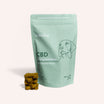


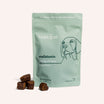
![Probiotics For Dogs [Soft Chews] - HolistaPet](http://www.holistapet.com/cdn/shop/files/Probiotic-Infographic-1_472d7a29-e30c-435a-9638-1365d8c3a9f9.jpg?v=1725384841&width=104)
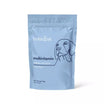
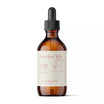

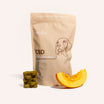
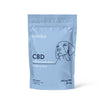
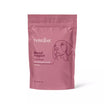
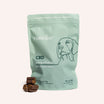
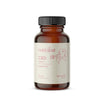
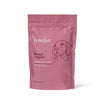
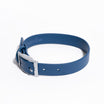

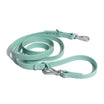


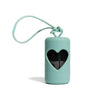
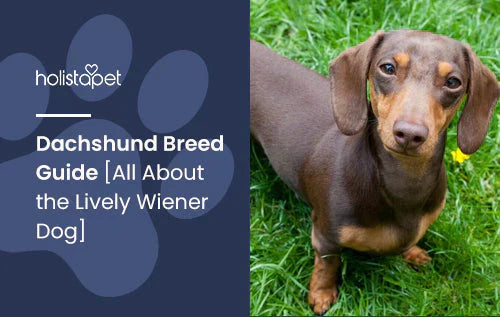


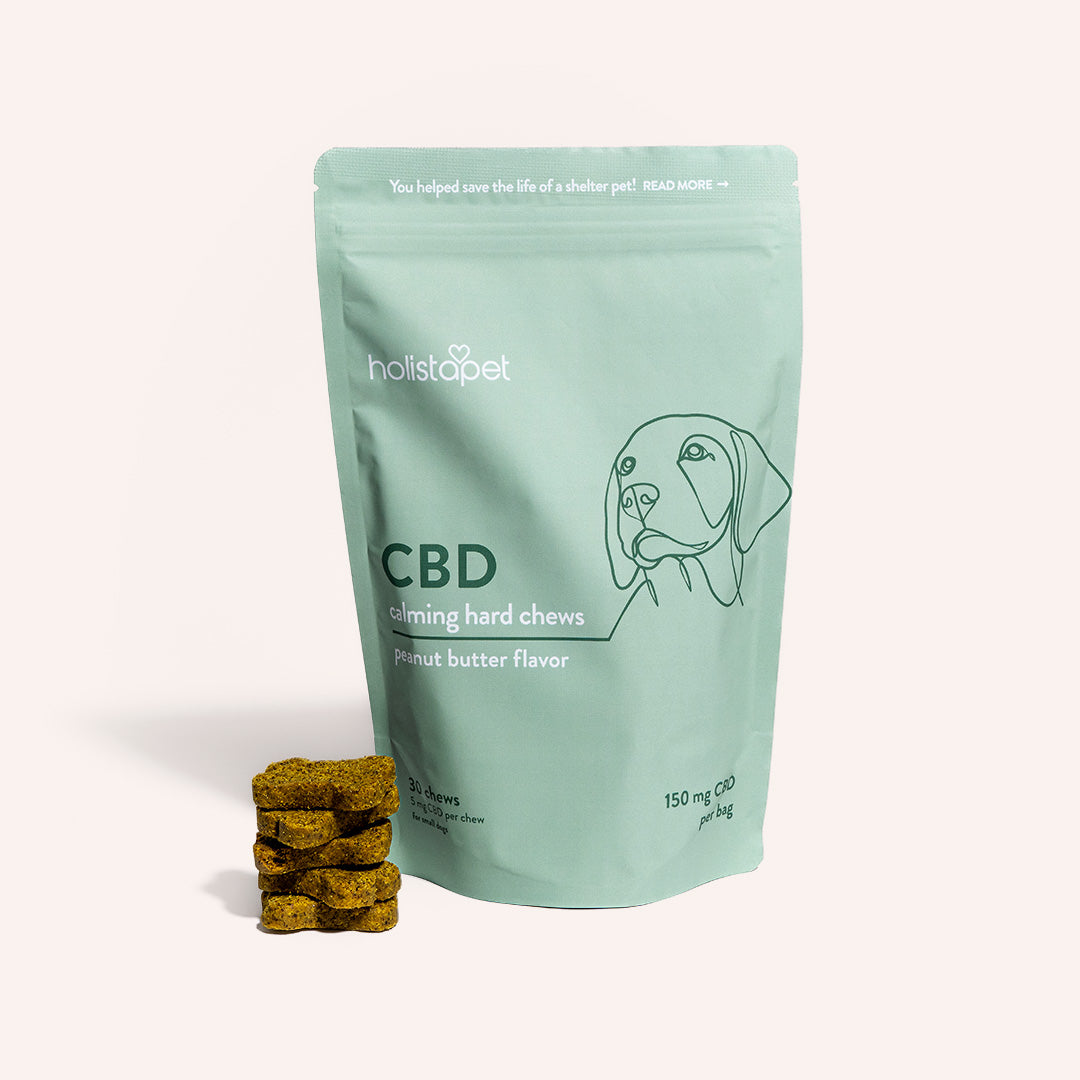
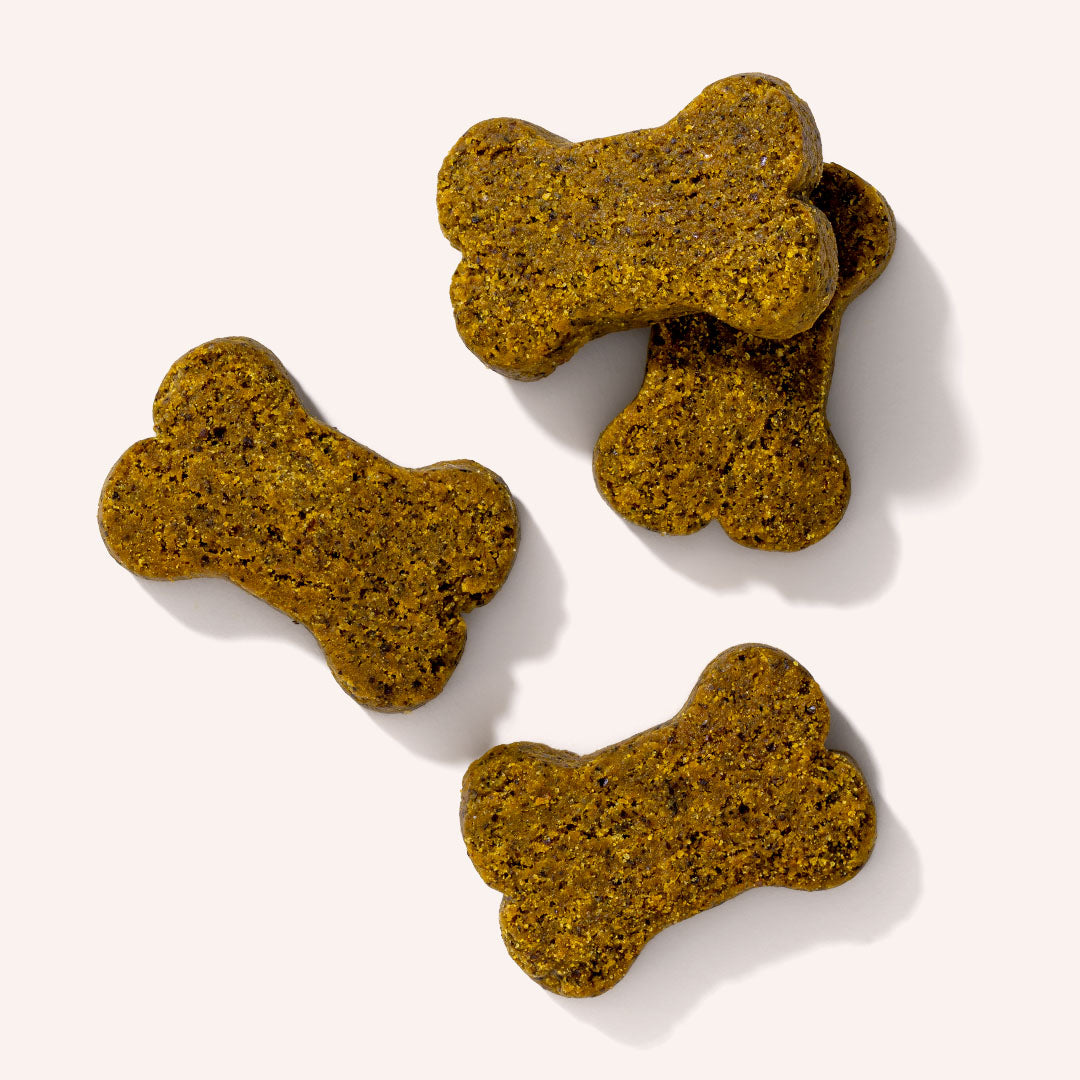
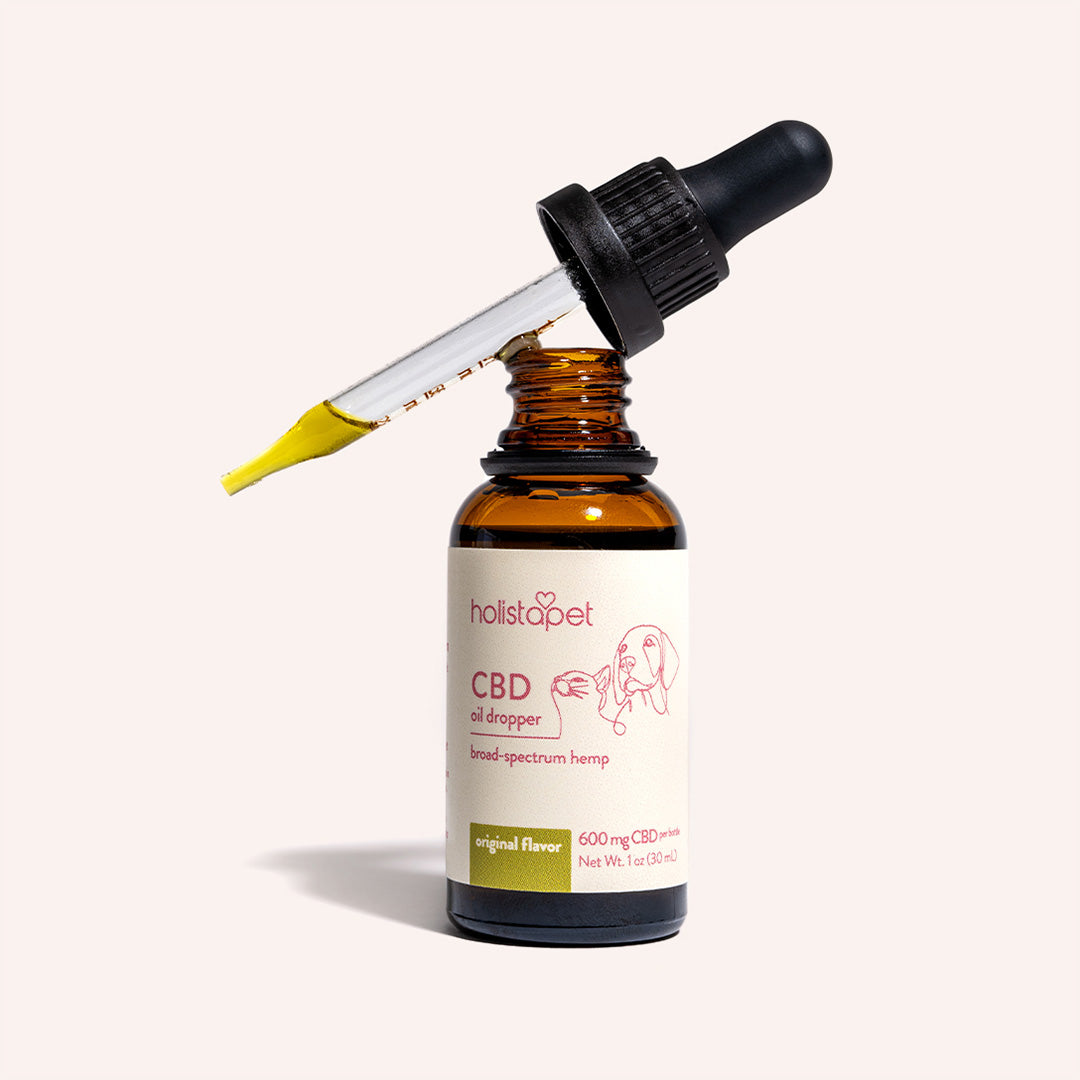
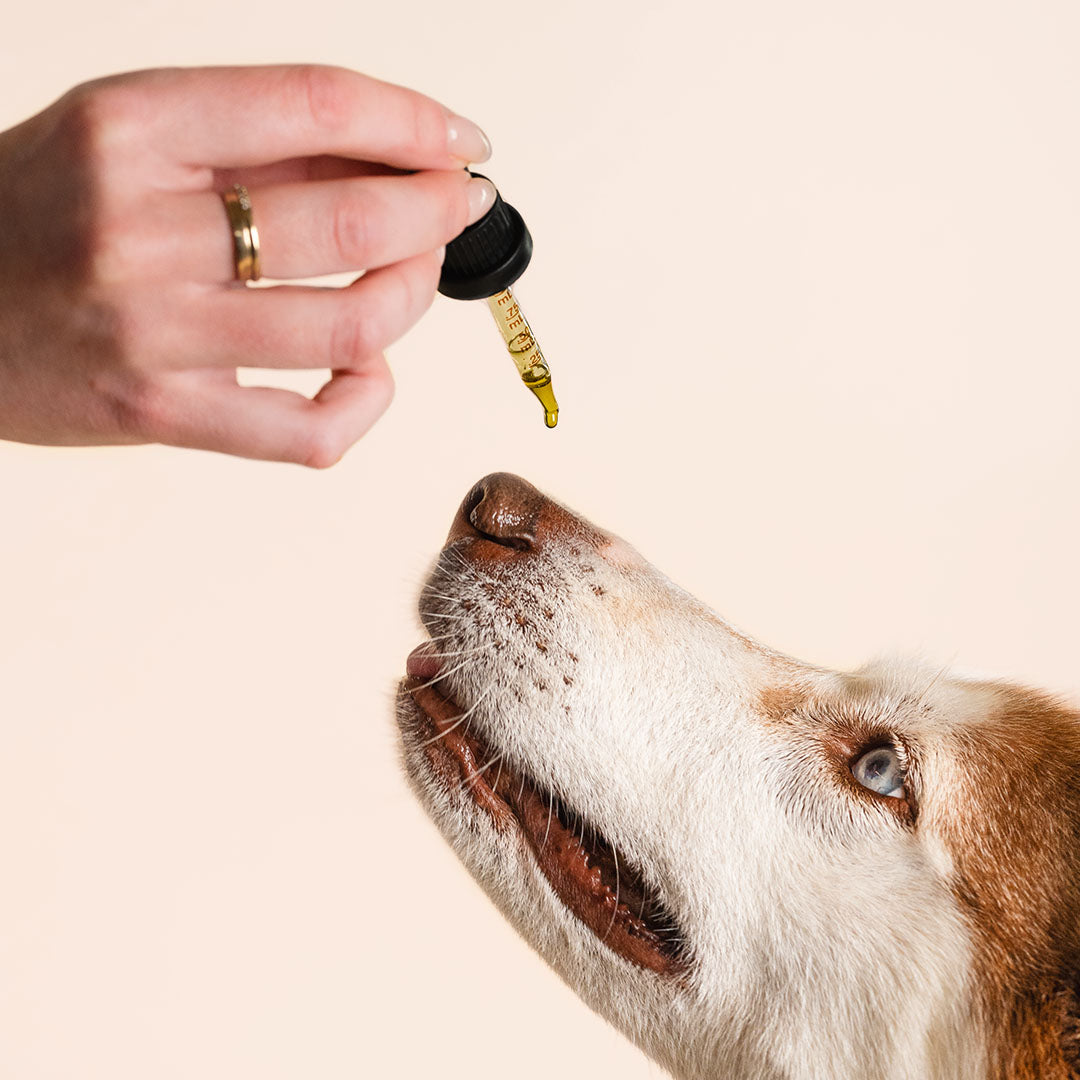


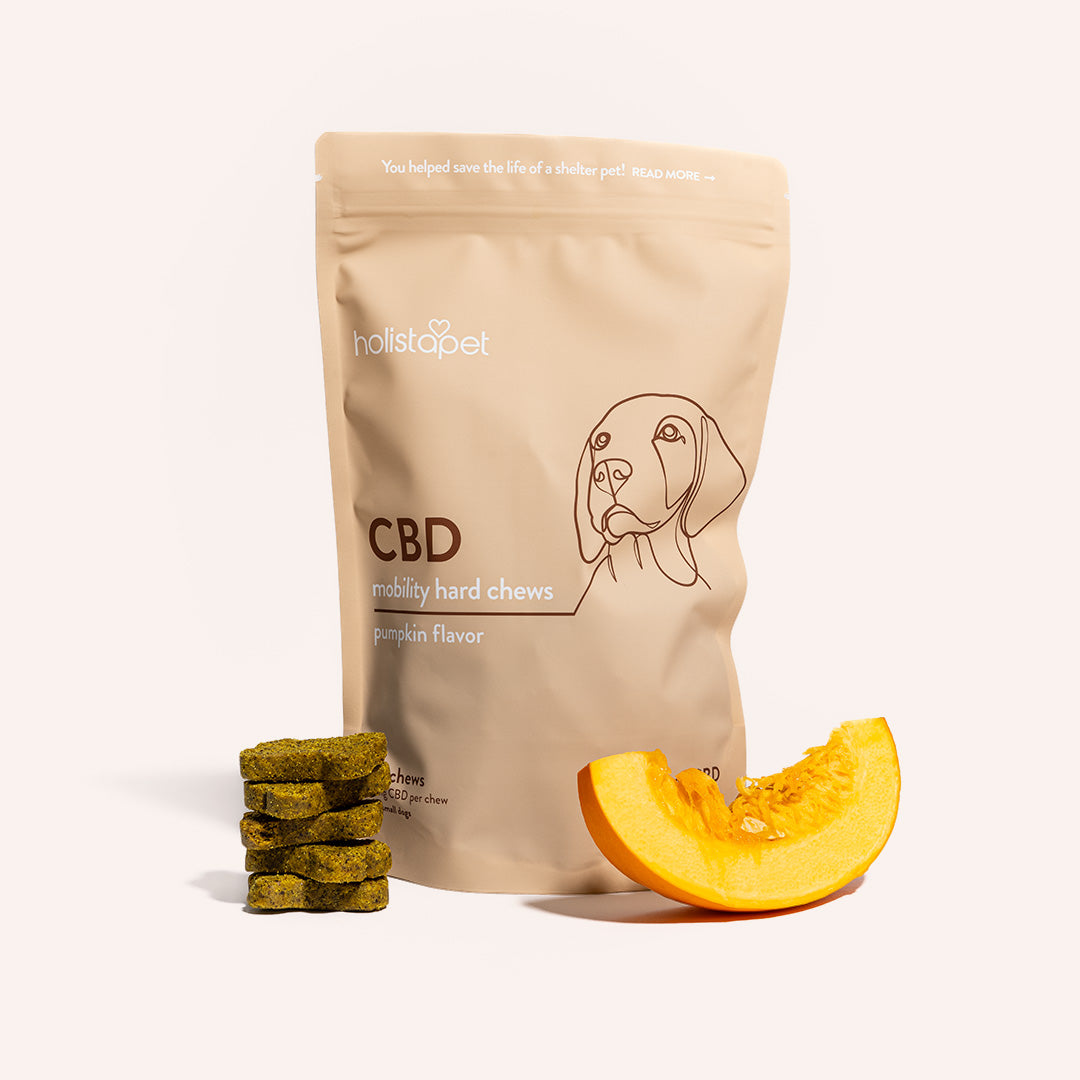
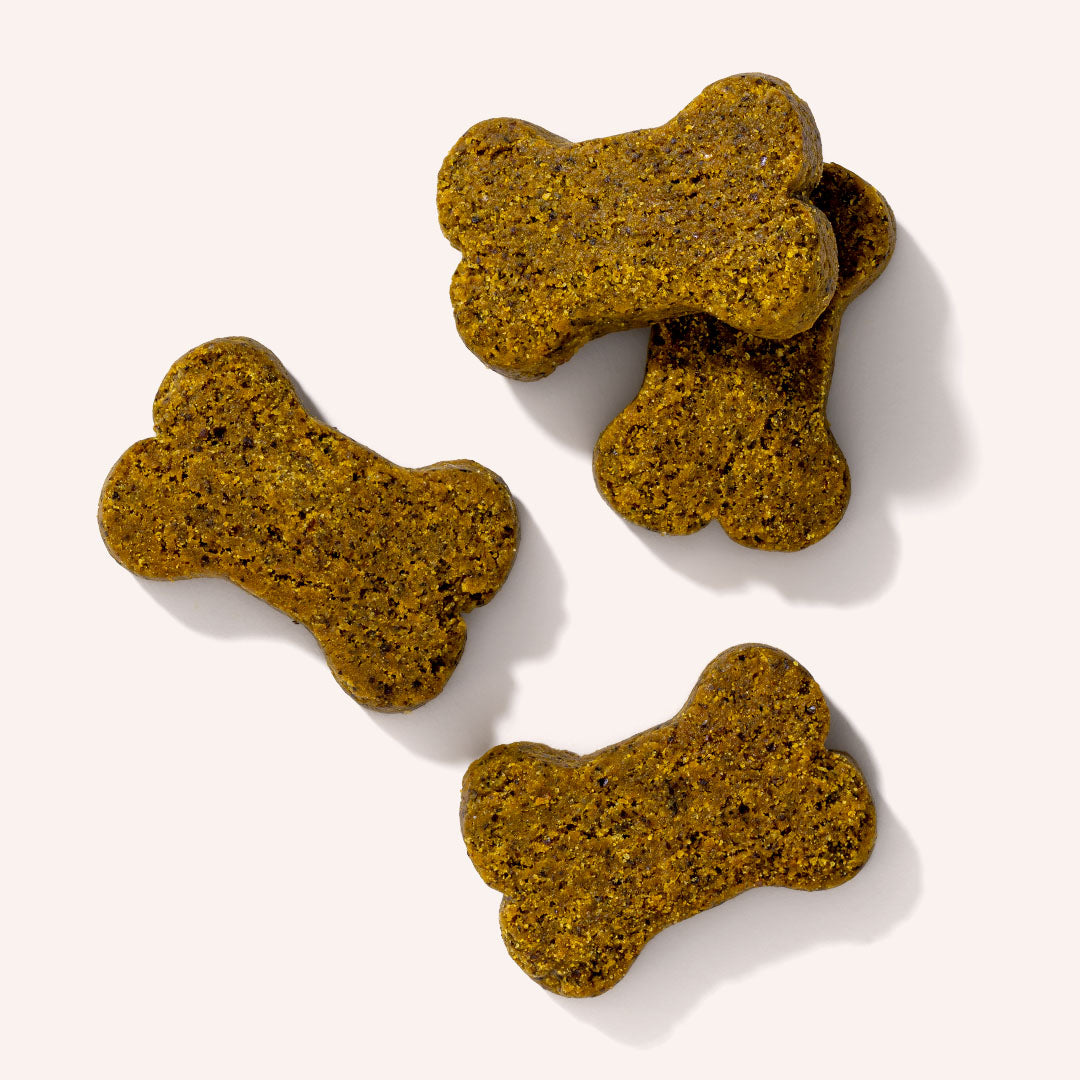

Leave a comment
All comments are moderated before being published.
This site is protected by hCaptcha and the hCaptcha Privacy Policy and Terms of Service apply.